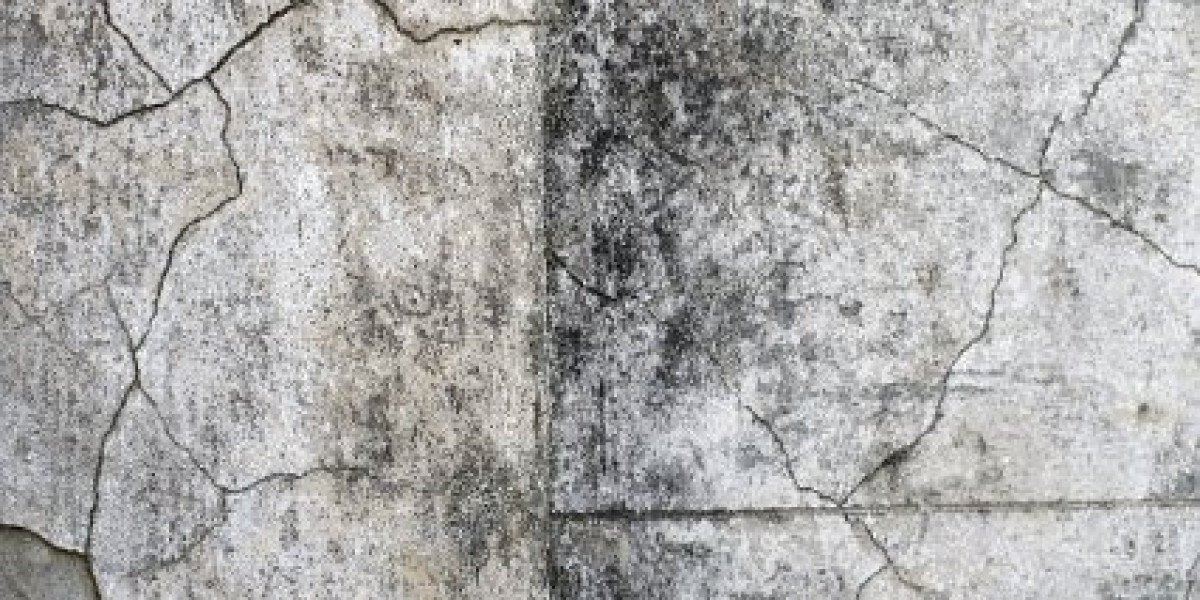Multi-layer cryogenic insulation (MLI) is a highly specialized thermal barrier designed to minimize heat transfer and preserve ultra-low temperatures in cryogenic applications. Used extensively in industries such as aerospace, liquefied natural gas (LNG) storage, medical technology, and scientific research, MLI plays a vital role in maintaining the integrity of materials and systems exposed to extremely cold environments.
The principle behind multi-layer cryogenic insulation is to reduce heat transfer via conduction, convection, and radiation. MLI achieves this by stacking multiple thin layers of reflective foils separated by spacers made from low-conductivity materials such as fiberglass or polyester. These layers reflect radiant heat while the spacers prevent direct contact, significantly reducing conductive heat flow.
In aerospace, MLI is critical for insulating spacecraft components, rockets, and satellites. It protects sensitive instruments and fuel tanks from the intense heat of the sun or the cold vacuum of space, ensuring functionality and safety during missions. The lightweight nature of MLI is particularly important in aerospace, where minimizing weight directly impacts fuel efficiency and payload capacity.
On Earth, MLI is widely used in cryogenic storage tanks for liquefied gases like LNG, oxygen, and nitrogen. By minimizing heat ingress, MLI prevents evaporation losses, improves energy efficiency, and reduces operational costs. Hospitals and laboratories also rely on MLI for the safe storage and transportation of medical gases and biological samples that require strict temperature control.
The performance of MLI depends on factors such as the number of layers, material quality, and installation technique. Advances in manufacturing have led to more durable and flexible insulation blankets, allowing easier integration into complex shapes and systems.
Environmental and safety considerations are also influencing MLI development. New materials with lower environmental impact and improved fire resistance are being introduced. Additionally, innovations in vacuum packaging and sealing techniques help maintain insulation effectiveness over longer periods.







